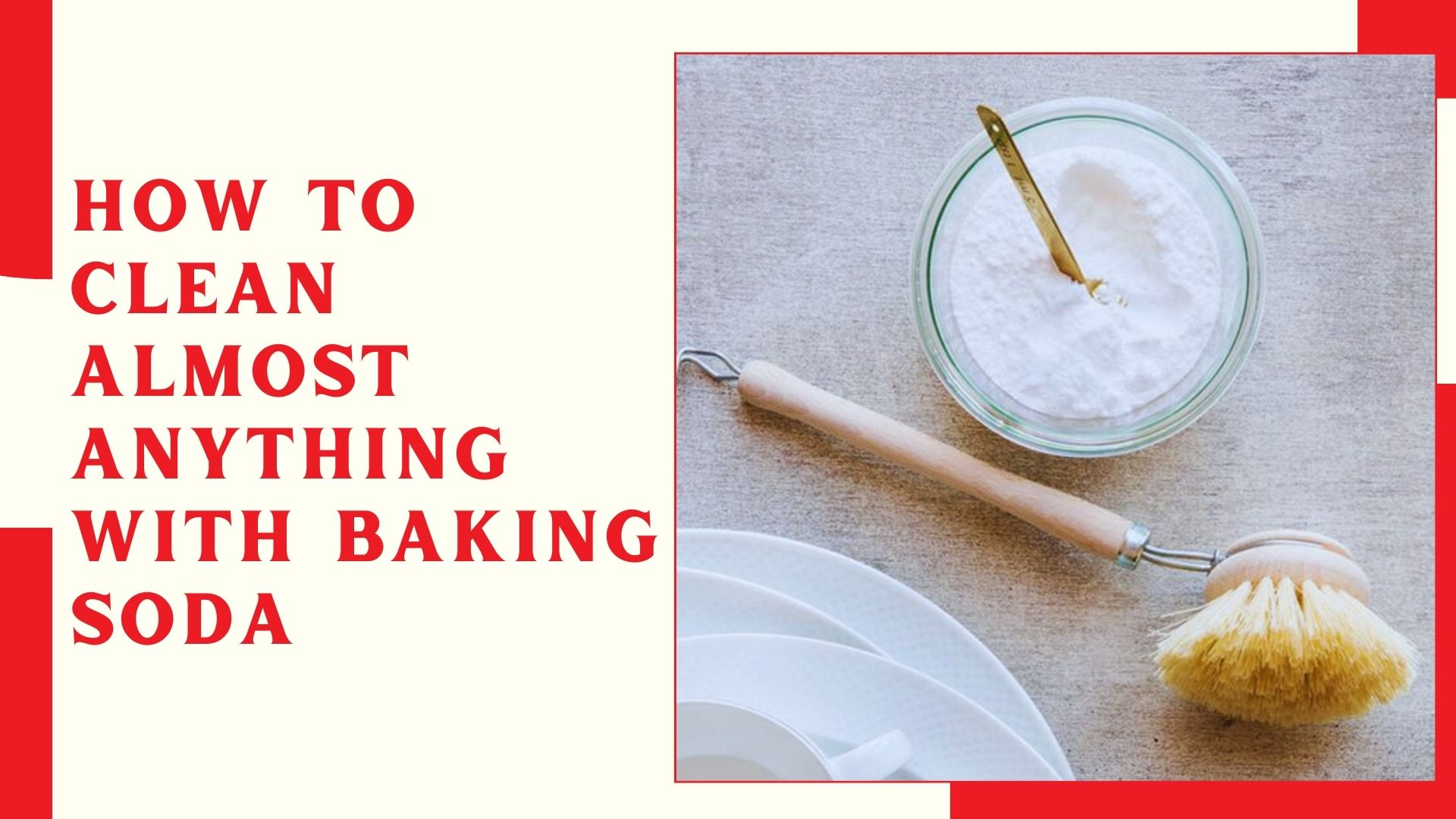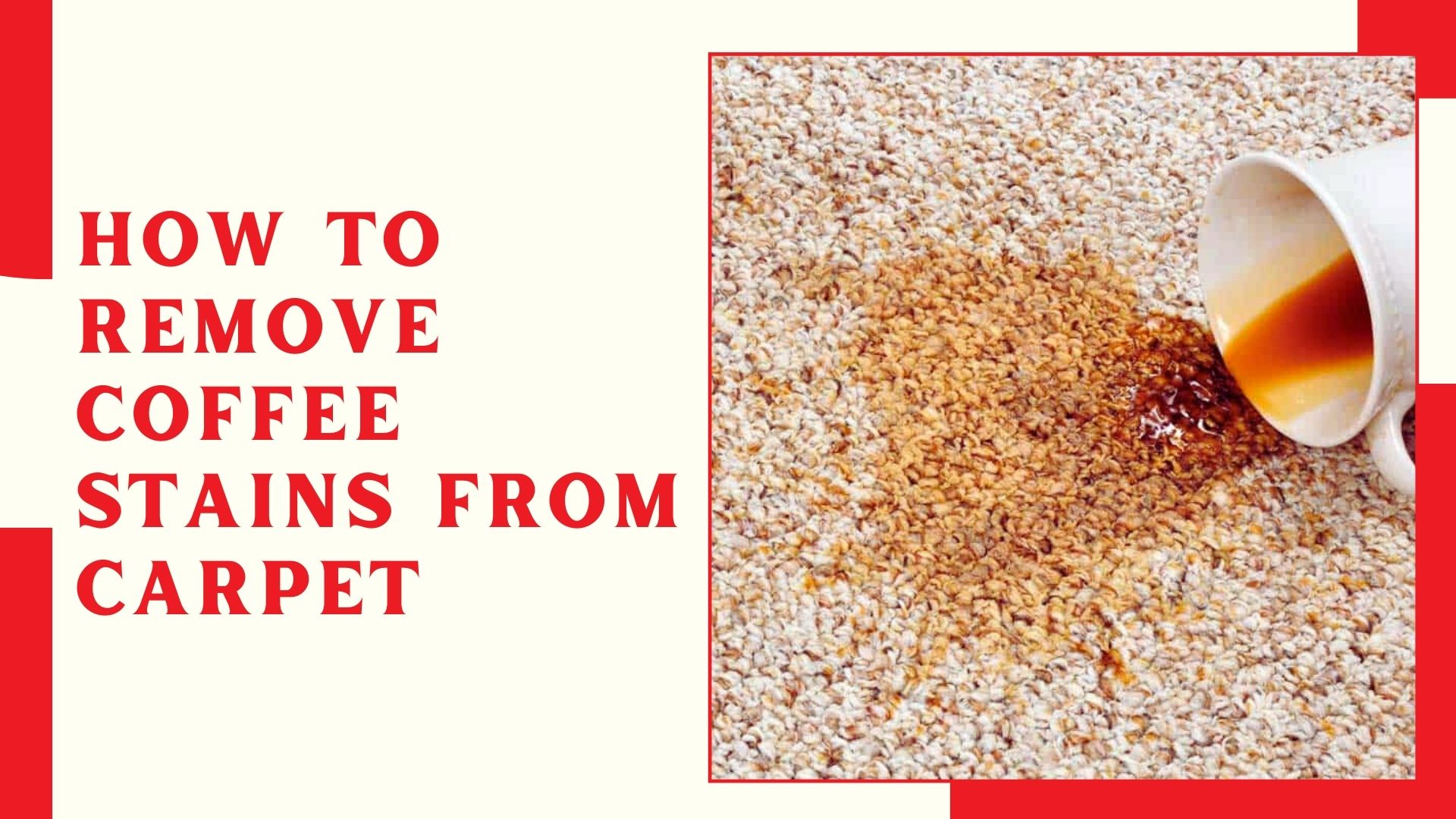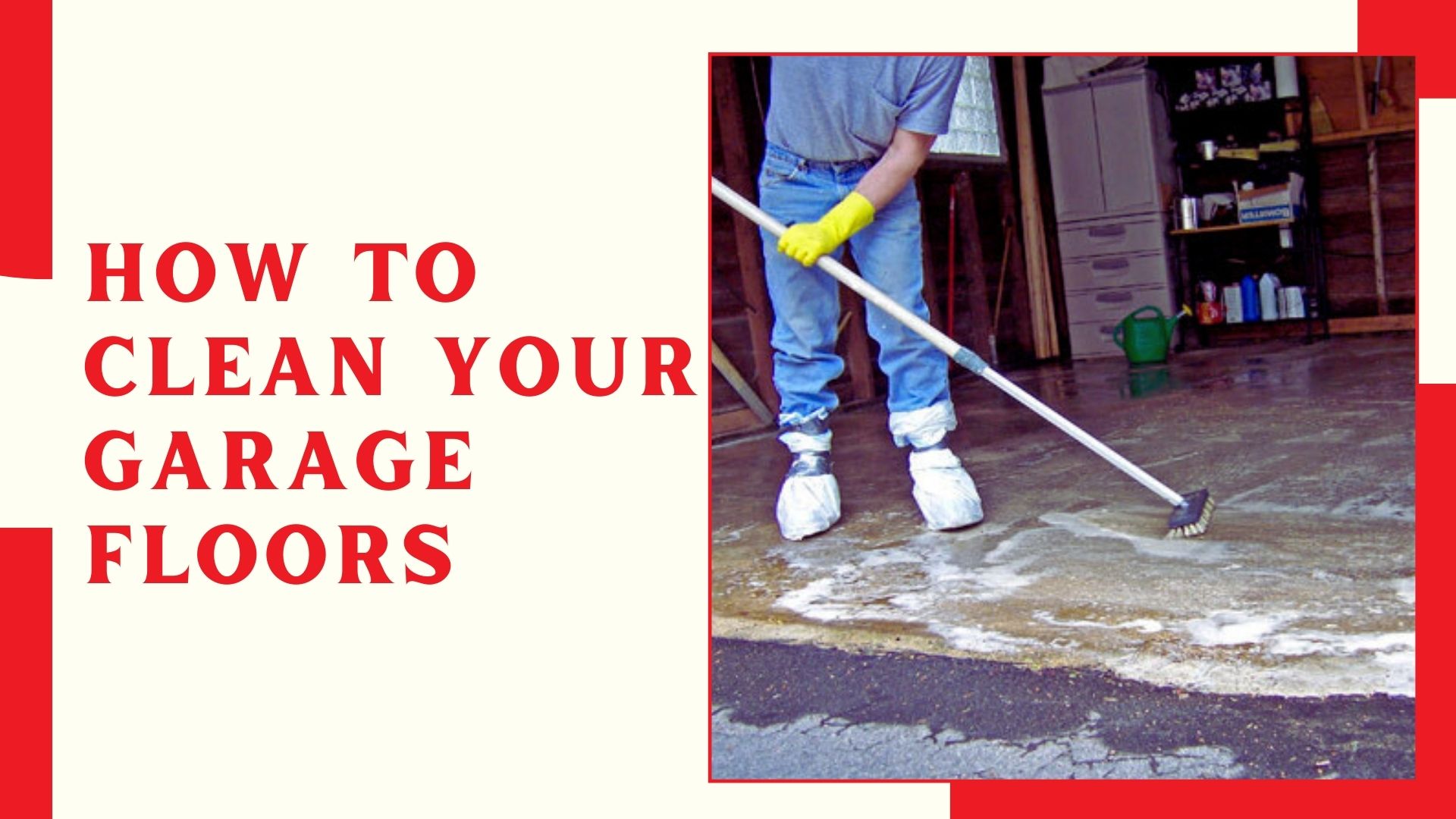Baseboards are often overlooked during cleaning, but they can accumulate dust, dirt, and scuffs over time. Cleaning them can brighten up a room and give it a polished look. Here’s how to clean baseboards the right way, ensuring they stay spotless and fresh.
Helpful Products You Might Like
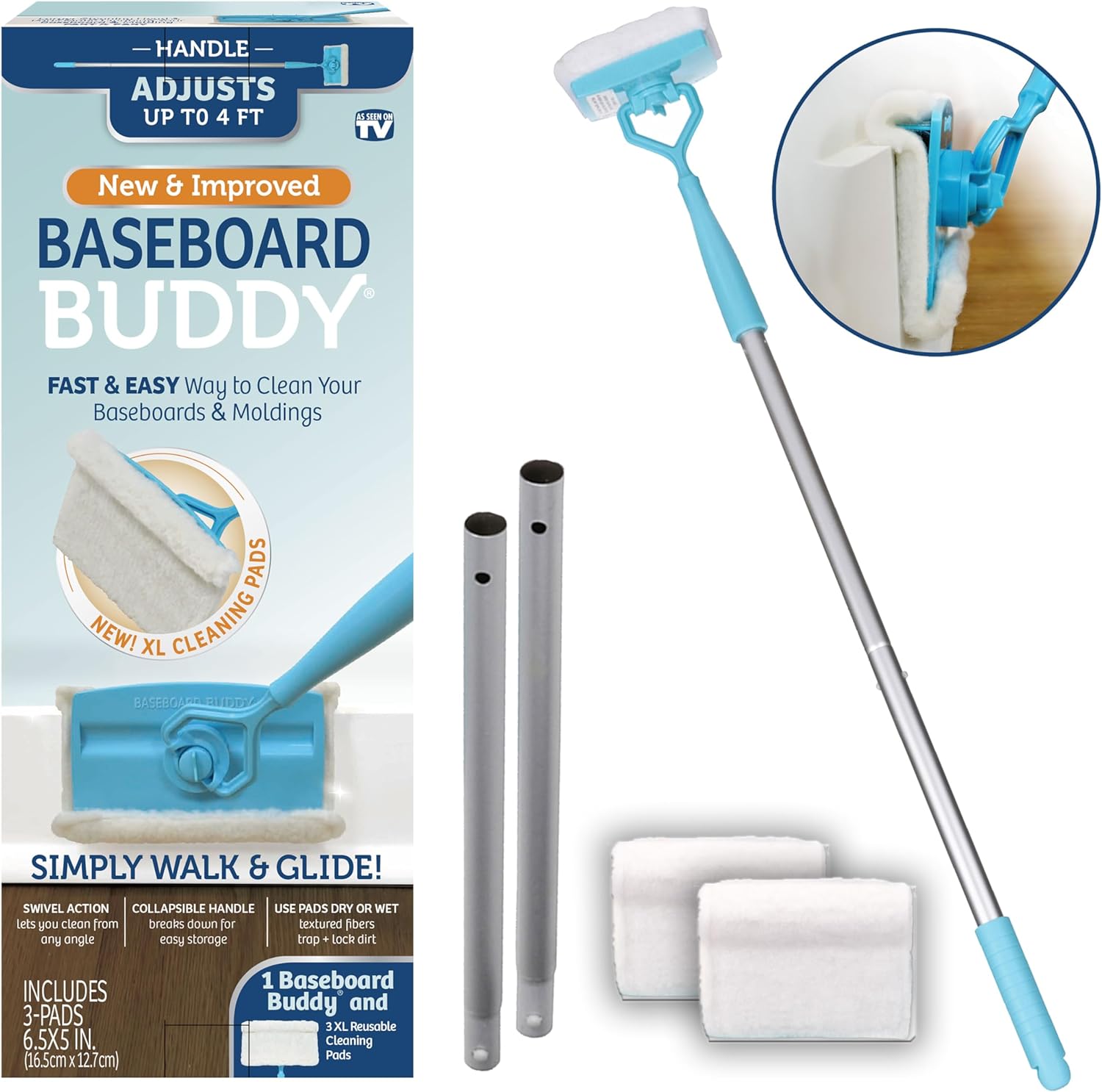
Baseboard & Molding Cleaning Tool
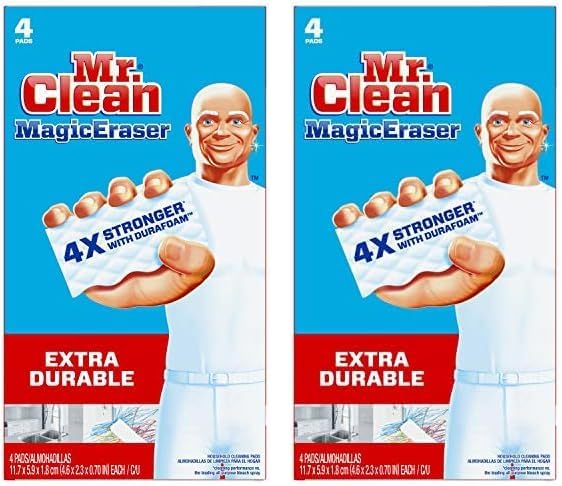
Mr. Clean Magic Eraser Cleaning Pads
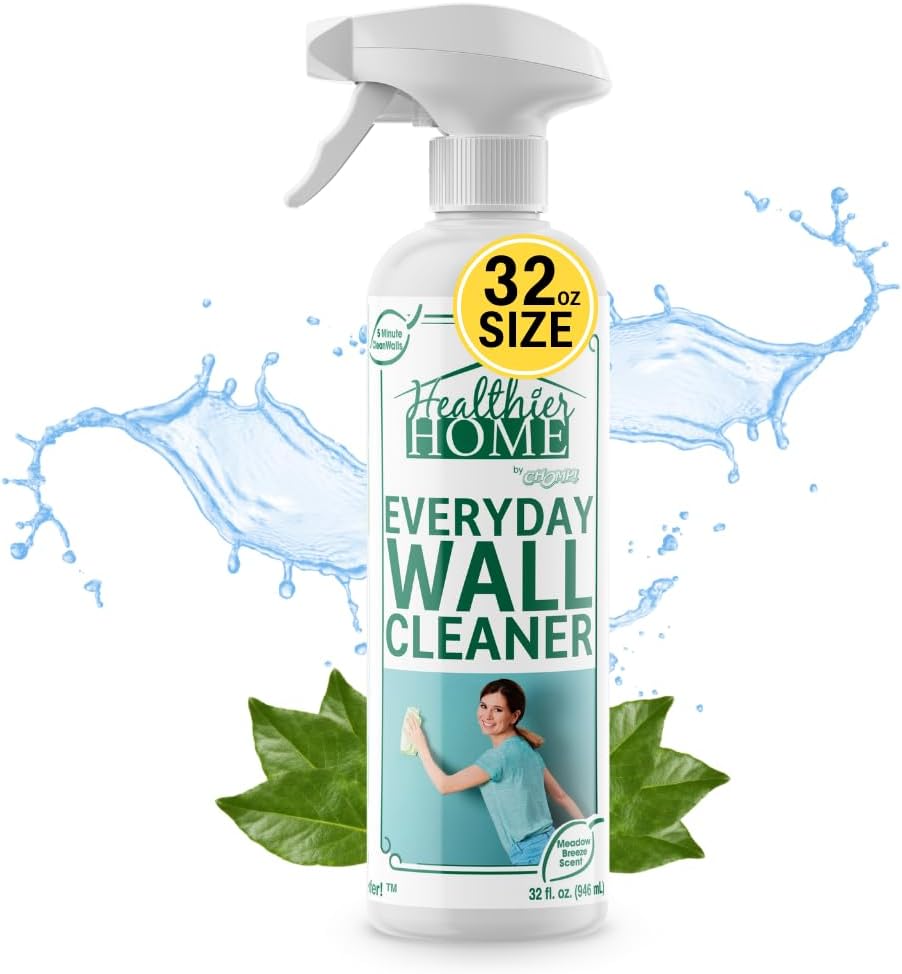
CHOMP Painted Wall
Cleaner Spray
"(Paid Links)" 
Gather Your Supplies
Dusting the Baseboards
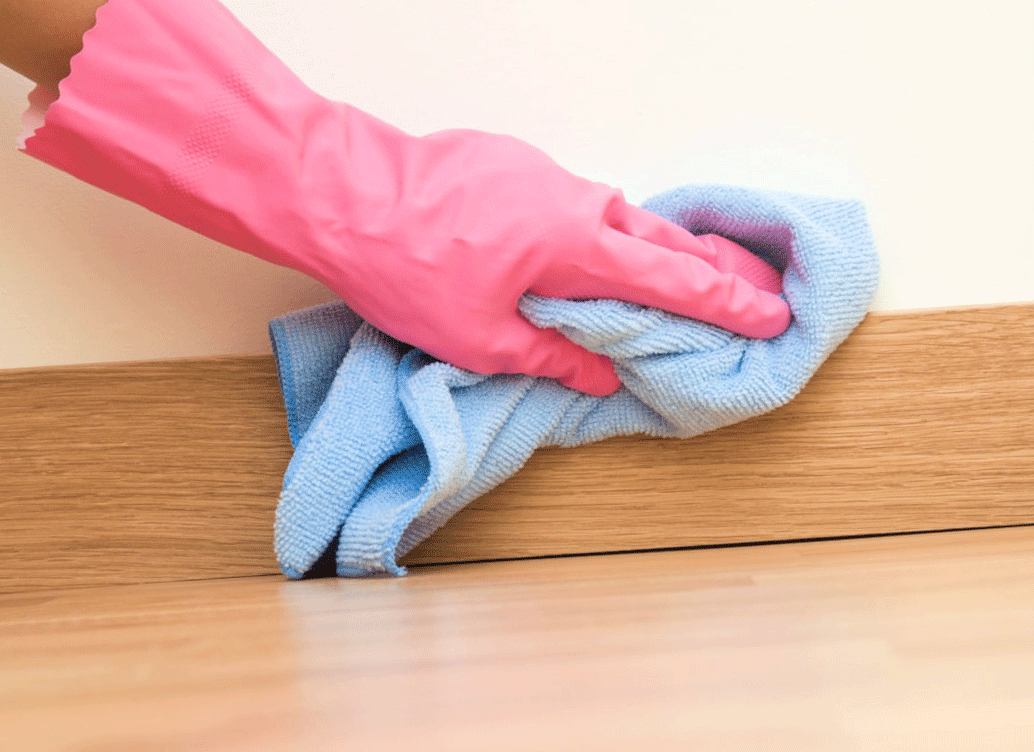
Begin by eliminating dust and any loose dirt from the baseboards. Employ a vacuum cleaner equipped with a brush attachment to draw up the dust. Alternatively, use a microfiber cloth, a duster, or a paintbrush to gently remove the dust. If using a dryer sheet, it will also help repel dust from settling back on the baseboards.
Cleaning the Baseboards
Prepare the Cleaning Solution:
Fill a bucket with warm water and add a few drops of mild dish soap or a gentle all-purpose cleaner. Mix well to create a soapy solution.
Wipe Down the Baseboards:
Dip a sponge or microfiber cloth into the soapy water, wring it out, and gently wipe down the baseboards. For stubborn spots, use a soft-bristled brush or an old toothbrush to scrub gently.
Tackle Stubborn Stains and Scuffs:
For tougher stains or scuff marks, use a magic eraser or a paste made from baking soda and water. Apply the paste to the stain, let it sit for a few minutes, and then scrub gently with a sponge or brush.
Rinse and Dry:
After cleaning, rinse the baseboards with a clean, damp cloth to remove any soap residue. Dry the baseboards with a towel or rags to prevent water damage and streaks.
Extra Tips for Cleaning Baseboards
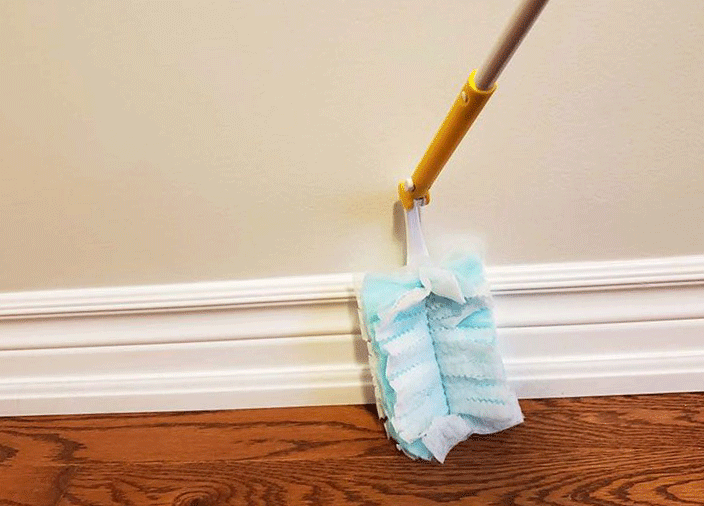
Corners and Edges:
Use an old toothbrush or a small brush to clean the corners and edges of the baseboards, where dirt tends to accumulate.
Protect Your Walls and Floors:
While cleaning, be careful not to splash water on your walls or floors. Place a towel or rag under the baseboards to catch any drips.
Regular Maintenance:
To keep baseboards looking their best, dust them regularly and clean them every few months. This prevents buildup and makes deep cleaning easier.
Dealing with Painted Baseboards
If your baseboards are painted, be gentle to avoid damaging the paint. Use a non-abrasive cleaner and a soft cloth. For scuffs, a magic eraser can be effective, but test it on a small, inconspicuous area first.
Cleaning Wooden Baseboards
For wooden baseboards, use a wood cleaner or a mixture of water and vinegar. Avoid using too much water, as it can damage the wood. Dry the baseboards thoroughly after cleaning.
Preventing Dust Buildup
To minimize dust buildup, consider applying a light coat of furniture polish or a dryer sheet to the baseboards after cleaning. This creates a barrier that repels dust and keeps the baseboards cleaner for longer.
Cleaning baseboards may seem like a small task, but it can make a big difference in the overall cleanliness and appearance of your home. By following these steps, you can keep your baseboards looking fresh and well-maintained, adding a finishing touch to your cleaning routine.

